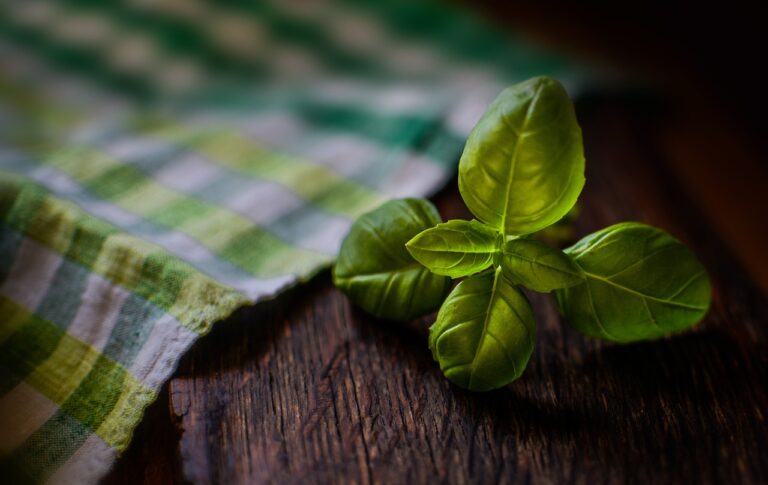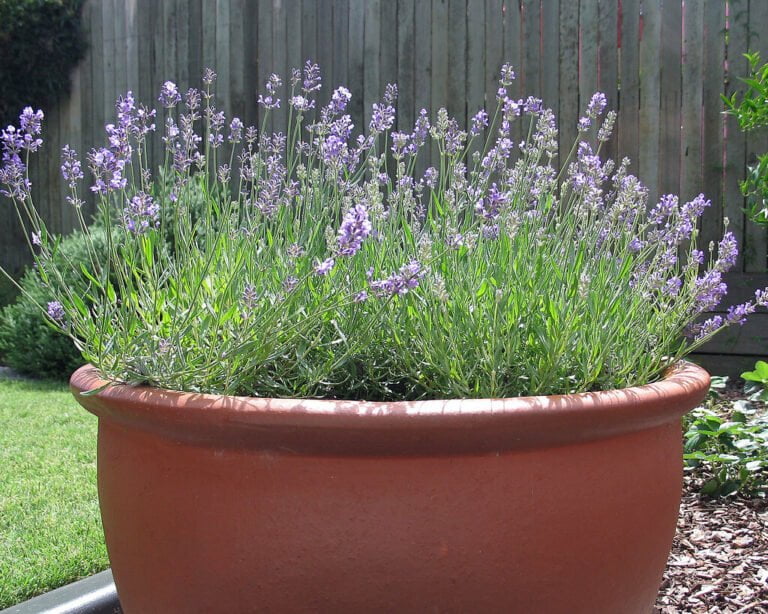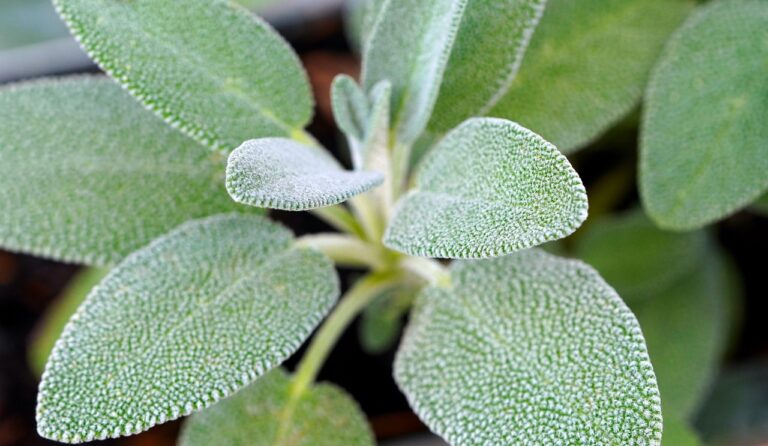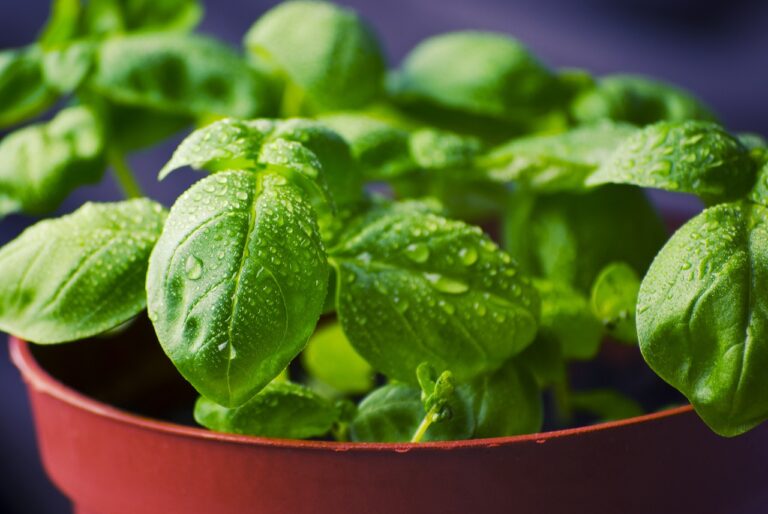Guide to Growing Cilantro Indoors
Are you ready to bring the fresh and vibrant taste of cilantro to your indoor garden? Look no further! This guide will provide you with all the practical tips and knowledge you need to successfully grow cilantro indoors. From choosing the right variety to providing adequate lighting, we'll walk you through each step to ensure your cilantro plants thrive. Get ready to enjoy a bountiful harvest of this versatile herb right in the comfort of your own home.
Benefits of Growing Cilantro Indoors
Growing cilantro indoors offers you the opportunity to enjoy fresh, flavorful herbs throughout the year, without having to rely on store-bought options. Not only does it provide you with a constant supply of cilantro, but it also has several other benefits. Firstly, growing cilantro indoors allows you to have complete control over the growing conditions. You can ensure that the plant receives the right amount of sunlight, water, and nutrients, which ultimately leads to healthier and more flavorful herbs. Additionally, by growing cilantro indoors, you eliminate the risk of exposure to pesticides or other harmful chemicals that may be present in store-bought cilantro. This way, you can serve your family and loved ones with confidence, knowing that you are providing them with safe and nutritious herbs.
Choosing the Right Cilantro Variety
To ensure a successful indoor cilantro garden, it is important for you to choose the right variety of cilantro. There are several varieties of cilantro to choose from, each with its own unique characteristics. One popular variety is Santo, which is known for its strong, pungent flavor and large, dark green leaves. Another option is Slow Bolt, which is ideal for indoor gardening as it is more resistant to bolting, or going to seed, than other varieties. If you prefer a milder flavor, you might consider selecting Calypso cilantro, which has a slightly sweeter taste. Additionally, if you are short on space, you could try growing Cilantro Delfino, a compact variety that produces delicate, fern-like leaves. By selecting the right cilantro variety, you can ensure a bountiful harvest of fresh, flavorful herbs.
Finding the Perfect Location for Your Cilantro
To ensure the successful growth of your cilantro indoors, you need to find the perfect location for it. Cilantro requires a good amount of sunlight, at least 4-6 hours a day. Place your pots near a south or west-facing window where it can get plenty of sunlight. If you don't have access to natural light, you can use a grow light to provide the necessary light intensity for your cilantro to thrive. It's also important to consider the temperature of the location. Cilantro prefers temperatures between 50-85°F (10-29°C). Avoid placing your cilantro near drafts or in cold spots to prevent damage. Lastly, make sure the location is easily accessible for watering and harvesting. Keep these factors in mind, and you'll have the perfect location for your indoor cilantro garden.
Preparing the Soil for Indoor Cilantro
To ensure the successful growth of your indoor cilantro garden, you'll need to prepare the soil properly. Start by choosing a well-draining potting mix that is rich in organic matter. This will help to retain moisture while preventing waterlogging, which can lead to root rot. You can also add perlite or sand to improve drainage if needed. Before planting, moisten the soil thoroughly but make sure it's not overly saturated. Cilantro prefers a slightly acidic pH level of 6.2 to 6.8, so it's a good idea to test the soil and adjust accordingly using lime or sulfur if necessary. Additionally, mixing in some compost or well-rotted manure will provide essential nutrients for your cilantro plants. Once the soil is prepared, you're ready to sow the cilantro seeds and begin your indoor gardening journey.
Planting Cilantro Seeds Indoors
First, gather your materials and prepare to plant cilantro seeds indoors. To start, you will need a pot or container with drainage holes, high-quality potting soil, and fresh cilantro seeds. Make sure the pot is at least 6 inches deep to allow for proper root development. Fill the pot with the potting soil, leaving about an inch of space at the top. Moisten the soil with water until it is evenly damp but not soaking wet. Sprinkle the cilantro seeds evenly over the soil surface, aiming for about 1/4 inch spacing between each seed. Gently press the seeds into the soil using your fingertips. Finally, cover the seeds with a thin layer of soil, about 1/4 inch deep. Mist the surface with water to settle the soil and provide moisture for germination. Place the pot in a warm area with indirect sunlight, ensuring the temperature remains between 60-70°F. Keep the soil moist but not waterlogged by misting it regularly. Germination should occur within 7-10 days, and once the seedlings reach 2 inches in height, thin them out to allow for proper growth.
Proper Watering Techniques for Indoor Cilantro
Maintain the moisture levels of your indoor cilantro plants by watering them properly. Indoor cilantro plants require consistent watering to thrive. As a general rule, water your cilantro when the top inch of soil feels dry to the touch. Avoid overwatering, as cilantro plants do not like to sit in waterlogged soil. When watering, pour water directly onto the soil, making sure to evenly moisten the entire root zone. Be careful not to splash water onto the leaves, as this can lead to fungal diseases. Use a watering can with a narrow spout to control the flow of water and prevent excessive soil disturbance. Remember to adjust your watering frequency based on the environmental conditions and the specific needs of your cilantro plants.
Providing Adequate Lighting for Your Cilantro
To ensure the healthy growth of your indoor cilantro plants, it is essential to provide them with adequate lighting. Cilantro requires at least 6 hours of direct sunlight each day or 12-16 hours of artificial light if natural sunlight is limited. Place your cilantro near a south or west-facing window where it can receive the most sunlight. If natural light is not sufficient, you can use fluorescent grow lights or LED lights specifically designed for plants. Position the lights 6-12 inches above the plants and keep them on for 12-16 hours a day. Remember to rotate your cilantro pots every few days to ensure all sides receive equal light exposure. Adequate lighting is crucial for strong and healthy cilantro plants, so make sure to monitor the light levels closely.
Fertilizing Indoor Cilantro Plants
To ensure optimal growth, provide your indoor cilantro plants with a balanced fertilizer. Cilantro is a fast-growing herb that requires a steady supply of nutrients to thrive. A balanced fertilizer contains equal amounts of nitrogen, phosphorus, and potassium, which are essential for healthy plant growth. When choosing a fertilizer, look for one that is specifically formulated for herbs or vegetables. Follow the instructions on the packaging for the recommended amount and frequency of application. Generally, it is best to fertilize your indoor cilantro plants once every two to three weeks during the growing season. Be careful not to over-fertilize, as this can lead to excessive leaf growth and a weaker flavor. Remember to water your plants before applying fertilizer to prevent burning the roots. With proper fertilization, your indoor cilantro plants will grow vigorously and provide you with fresh, flavorful leaves for your culinary creations.
Preventing Common Pests and Diseases
To protect your indoor cilantro plants from common pests and diseases, continue providing optimal care and take preventative measures. Pests like aphids, spider mites, and whiteflies can be a nuisance, but you can keep them at bay by regularly inspecting your plants and removing any infested leaves. If the infestation is severe, try using organic insecticidal soap or neem oil. Another common issue is fungal diseases like powdery mildew and root rot. To prevent these, make sure your plants have good air circulation and avoid overwatering. Also, keep the humidity levels in check by placing a small fan near your plants. Finally, avoid overcrowding and maintain proper spacing between plants to prevent the spread of diseases. By being proactive and following these preventative measures, you can ensure your indoor cilantro plants stay healthy and vibrant.
Harvesting and Enjoying Your Indoor Cilantro
Once your indoor cilantro plants have reached maturity, you can start harvesting and enjoying fresh cilantro in your favorite dishes. To harvest cilantro, simply snip off the leaves from the outer parts of the plant. Avoid cutting too much at once, as this can harm the plant's growth. It's best to harvest cilantro in the morning when the leaves are freshest. After harvesting, rinse the leaves thoroughly to remove any dirt or debris. Pat them dry with a paper towel before using. Cilantro is a versatile herb that adds a refreshing and vibrant flavor to a variety of dishes. You can use it in salads, salsas, soups, and even as a garnish for tacos and curries. Remember, the flavor of cilantro is strongest when it's fresh, so try to use it immediately after harvesting for the best taste. Enjoy the delicious and aromatic flavors of your homegrown cilantro in your culinary creations!
Conclusion
In conclusion, growing cilantro indoors can be a rewarding and convenient way to have fresh herbs at your fingertips all year round. By choosing the right variety, finding the perfect location, and providing adequate lighting and soil preparation, you can successfully grow cilantro in your own home. With proper care and attention, you can enjoy the benefits of fresh cilantro in your cooking and add a burst of flavor to your favorite dishes. Happy gardening!






